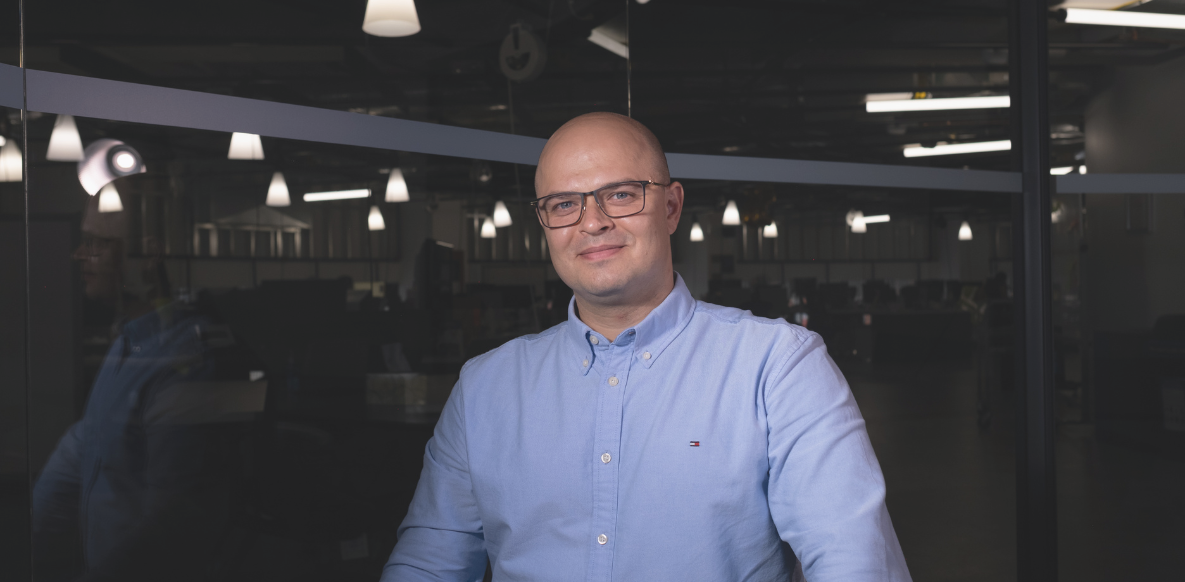My name is Igor Baranov and I’m an optimization specialist in CruxOCM.
I have a mathematical academic background, and I have worked on some industry projects related to the simulation and optimization of processes in power machines.
I have a master’s degree in applied mathematics. And a PhD in mathematical modeling and numerical methods.
I worked as a scientific researcher at Podgorny Institute for Mechanical Engineering problems and as an associate professor of the Department of Gas-hydro Mechanic and Heat-Mass Exchange at the National Technical University “KhPI.”
My area of expertise is mathematical modeling, numerical methods, fluid and gas mechanics, and optimization methods.
And I’m here in Crux to apply all my knowledge to build the best solutions for pipeline control, which will help pipeline operators
- increase safety
- reduce human factor
- increase efficiency
We can consider the pipeline control problem as an optimization problem constrained by the dynamics. For optimizing any process, it is necessary to have a good understanding of physics to build adequate mathematical models and apply effective algorithms for simulation and optimization.
We have a project Profile Manager, and we consider a pipeline control problem to be an optimization problem. And I’m working on this project.
So, what is Profile Manager for? Profile Manager is required to ensure the proper pressure profile is being controlled. Profile Manager must achieve the following primary objectives:
- maintain target flow rate.
- Build an optimal pressure profile relative to some cost functions.
- to provide safe pressure distribution during the transient process.
The first part of the Profile manager solution is the steady-state component. Steady-state optimization allows us to find the optimal regarding some cost function steady-state pressure profiles. When we talk about the optimal pressure profile, it means that this pressure profile is the best of all feasible solutions.
The second part of the profile manager is Transient optimization.
Transient optimization is the way to reach optimal steady-state. Transient optimization allows us to build the optimal trajectory of moving dynamical systems from some state to the optimal steady state.
The mathematical model of the pipeline operation is a nonlinear dynamical system because of the non-linearity of Navier-Stokes equations, which describe hydrodynamical processes. That is why this problem is interesting. The most fascinating part is the switching configuration when the pumps are changed. For this problem, we develop the non-linear trajectory optimization algorithm. This trajectory must be safe and effective.
Safe means that pressure distribution must be within some range during all transient processes. These ranges are defined by elevation profile and equipment properties.
Effective means that transient processes must occur fast and with minimal energy consumption
For pipeline control problems, the machine learning approaches can be very useful.
In our approach, we try combining classic dynamical system theory with a machine learning approach. Machine learning can be very useful for System identification problems. It allows us to clarify the dynamics if some parameters of the dynamic system are unknown or even explore the unknown dynamics. In our case, we have a dynamic system; we have the equations of motion, but we can define some parameters from the data, and this is extremely helpful. Our solutions allow us to increase safety, reduce human error, and increase revenue. And I’m very excited to work with a great CruxOCM team on such impressive projects.







